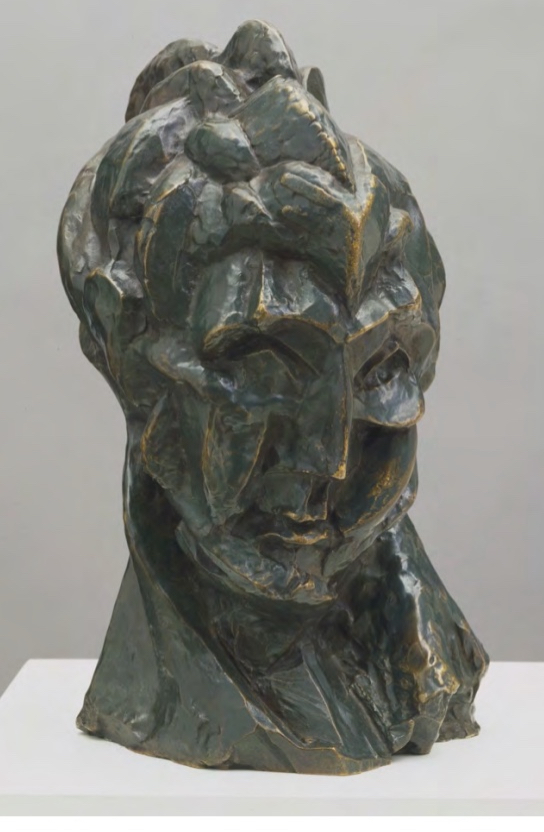Cubism + Orperiod
1/13
There's no tags or description
Looks like no tags are added yet.
Name | Mastery | Learn | Test | Matching | Spaced |
|---|
No study sessions yet.
14 Terms
Analytic cubism
Breaking down and reassembling sketch from different angles
Picasso and Braque
describes the early phase of cubism, generally considered to run from 1908–12, characterised by a fragmentary appearance of multiple viewpoints and overlapping planes.
Synthetic( construction cubism)
New technique of collage bringing things
flattening out the image and sweeping away the last traces of allusion to three-dimensional space
Picasso’s papier collés are a good example of synthetic cubism.
Elements of cubism
New way of conserving pictorial space
Elements that influenced cubism was cubism, African, Egyptian
•also turning the understanding of science—> dismantle things to make it smaller and smaller.
Cubism rejected the idea that art should imitate nature, and instead emphasized the two-dimensionality of the canvas. Cubist artists broke objects down into geometric shapes, and then reassembled them in a shallow space. Cubism was one of the first art movements to use collage
Picasso Overview
Pulling from other artists (Cezanne: joy of life and Matisse) narrow color palette, elements from artists and primitive art.
Spanish expatriate painter, sculptor, printmaker, ceramicist, and stage designer.
He painted: The woman of amigram

Who painted this painting and what is the title?
Picasso, The Women of Avignon.

Who made this painting and what is the title?
Braque, The Portuguese (The Emigrant). ( Cubism)

Who made this painting and what’s the title?
Pablo Picasso, Still Life with Chair-Caning.a collage made of oil, printed oilcloth, and pasted paper on canvas. The painting is framed with rope ( Known as Paper Colle)

Who made this and why is it an Prime Example of Cubist Sculpture
Pablo Picasso, Woman’s Head. It’s a prime example because breaks down the human face into geometric shapes, presents multiple perspectives simultaneously, and distorts features to show different angles of the subject, all key characteristics of the Cubist style, where artists aimed to depict objects from various viewpoints on a single plane, rather than a unified perspective

Who made this artwork? And what’s the title?
Leger, The City. Cubism language which had no collage but a style that reflect modern metropolis.

Who made this painting and what’s the title?
Delaunay, Simultaneous Contrasts: Sun and Moon.

Who made this work and what is the title?
Duchamp, Nude Descending a Staircase #2
Robert Delaunay overview
co-founded the Orphism art movement, noted for its use of strong colours and geometric shapes. His later works were more abstract.
first introduced vibrant colour into Cubism and thereby originated the trend in Cubist painting known as Orphism
Difference between cubism and orphism
Cubism came first then orphism
Orphism was the way they used color.
Cubist paintings with muted, pared back colors.
Duchamp overview
French artist who broke down the boundaries between works of art and everyday objects
Put a motion going against cubism